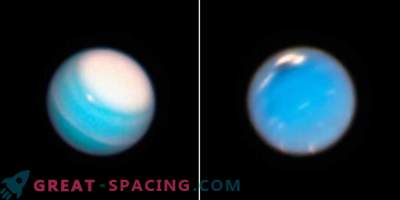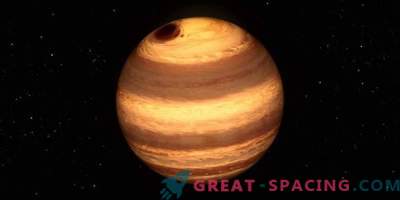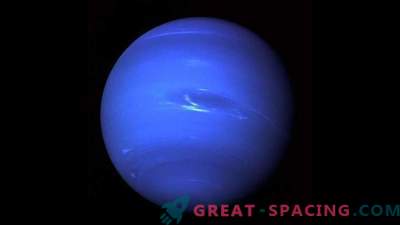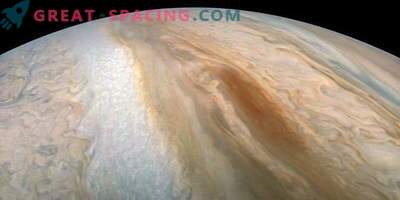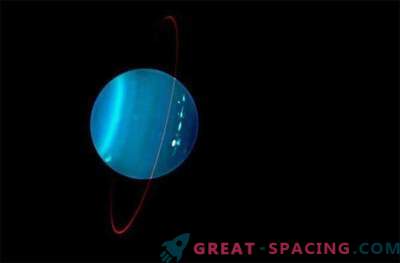
A series of images of the Hubble Space Telescope, made over 2 years, tracks the death of a large-scale dark vortex on Neptune. The oval shape has shrunk from 3100 miles to 2300 miles.
At a distance of 3 billion miles, there was an ominous dark storm that was once so huge that it occupied the area from Boston to Portugal across the Atlantic Ocean. The images of Neptune show that the formation is reduced.
Voyager 2 spotted giant dark storms on Neptune for the first time in the 1980s. Since then, the space telescope has acquired sharpness in blue light, which made it possible to track the bizarre features. A telescope found two storms in the mid-1990s, which later disappeared. The last storm recorded in 2015.
Like the Great Red Spot of Jupiter, this storm rotates in an anticyclone direction and sucks the material out of the depths of the planet’s icy atmosphere. The dark spot material may consist of hydrogen sulfide with a strong odor of rotten eggs. If the feature of Jupiter has been observed for more than 200 years, then Neptune's dark eddies manage to hold out for only a couple of years.
While there is no exact information on how they are formed and what is the speed of rotation. Most likely, they are caused by instability in the collision of winds in the east and west. The dark vortex does not match the behavior of the predictions. Obviously, scientists are watching his death. Dynamic models show that anticyclones under the influence of the wind shear of the planet drift toward the equatorial line. It was believed that as soon as the whirlwind came too close, it would create a bright flash of cloud activity.
Instead, the spot, first seen in middle southern latitudes, simply disappeared. Perhaps the whole thing is in the direction of the changed drift: towards the south pole, and not towards the equator. Also, the spot does not have a strong limitation by numerous alternating wind jets (unlike Jupiter). It seems that there are only 3 wide streams on the planet: to the west at the equator and to the east around the north and south poles.
Only Hubble and Voyager observed the whirlwinds. The necessary data could be obtained from the telescope. So far, only Hubble is able to study such features in UV light.

